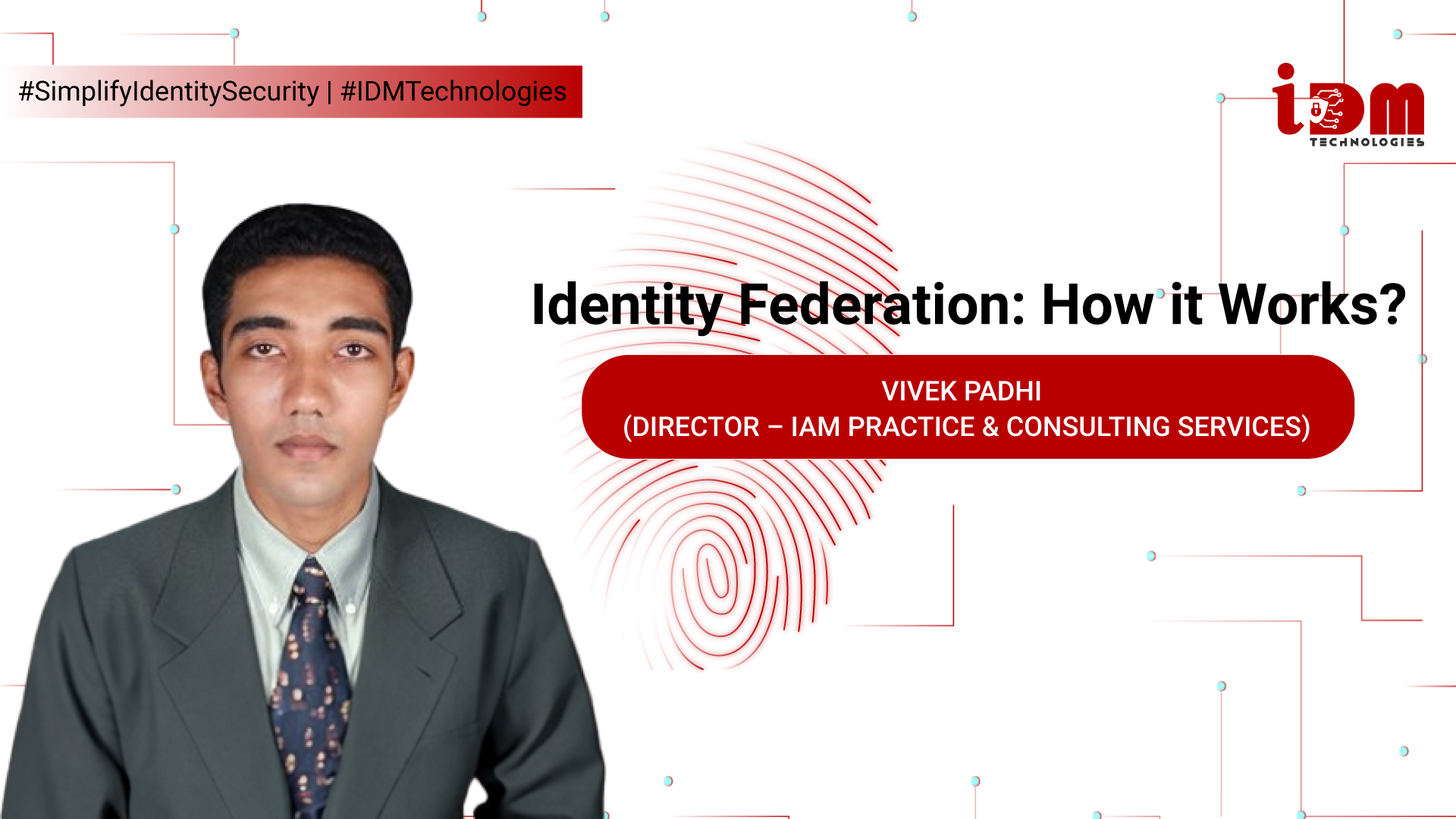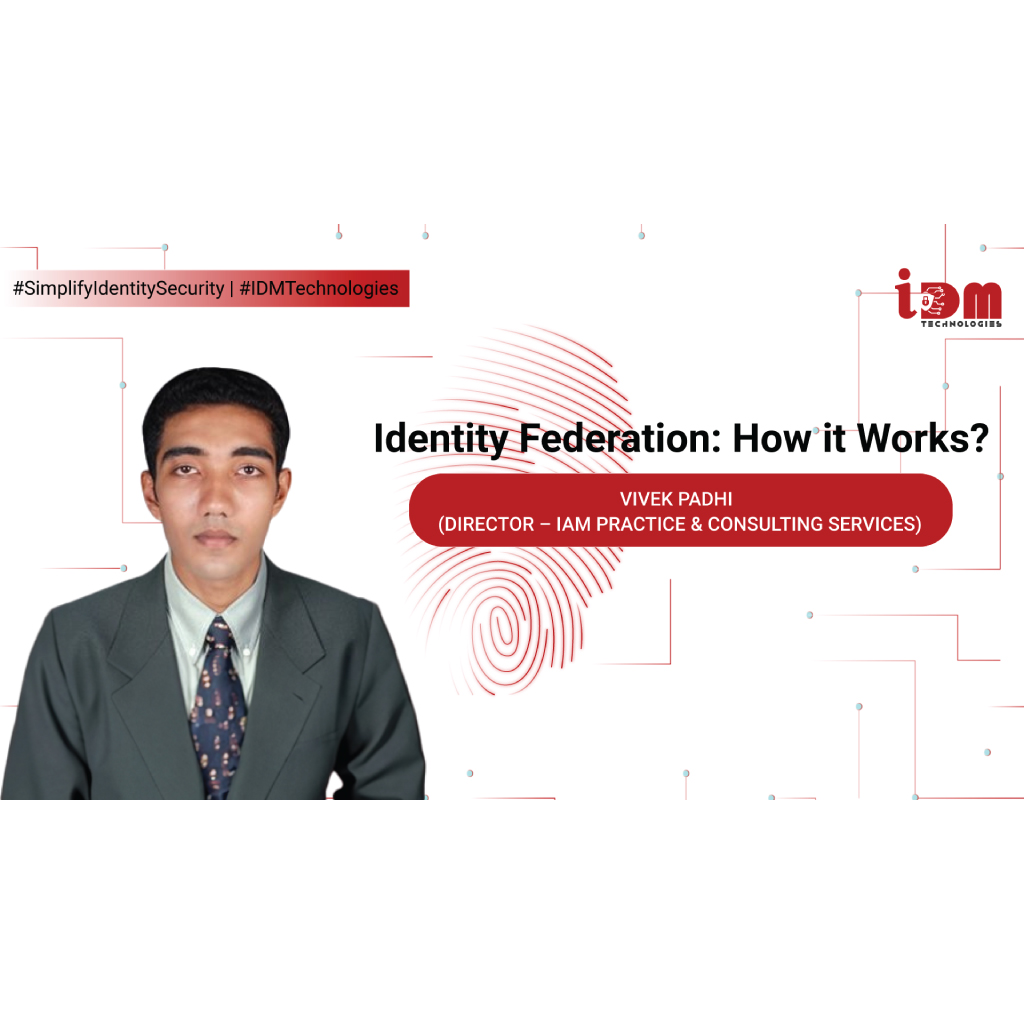
In the ever-evolving landscape of cybersecurity and seamless user experiences, “Identity Federation” has emerged as a key player. But what exactly is Identity Federation, how does it work, and is it the same as Single Sign-On (SSO)?
Let’s delve into the intricacies of this vital concept.

In the ever-evolving landscape of cybersecurity and seamless user experiences, “Identity Federation” has emerged as a key player. But what exactly is Identity Federation, how does it work, and is it the same as Single Sign-On (SSO)?
Let’s delve into the intricacies of this vital concept.
Identity Federation is a sophisticated system that allows the secure sharing of authentication and authorization data across multiple domains or organizations. The primary objective is to enable users to access various applications or services seamlessly, using a single set of credentials, even when those applications belong to different entities.
The workings of Identity Federation involve several crucial steps to ensure a seamless and secure user experience:
While both Identity Federation and Single Sign-On (SSO) share the common goal of simplifying user access, they differ in scope.
Single Sign-On (SSO):
– SSO allows users to log in once and access multiple applications within a single domain.
– The focus is on streamlining access within a specific organization or environment.
Identity Federation:
– Extends the SSO concept beyond a single domain.
– Encompasses secure data exchange and collaboration across different organizations or domains.
In essence, Identity Federation is a dynamic solution that transcends traditional boundaries, enabling secure collaboration in our interconnected world. While SSO simplifies access within a single domain, Identity Federation facilitates secure interaction across diverse organizations. By understanding the mechanics of Identity Federation and its distinctions from SSO, businesses can pave the way for a secure and streamlined future, ensuring their users navigate digital landscapes with ease and confidence.
Our experts will be in touch with you shortly.